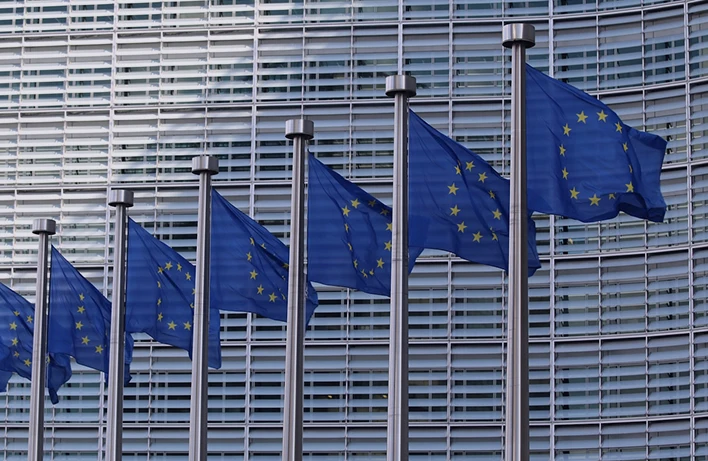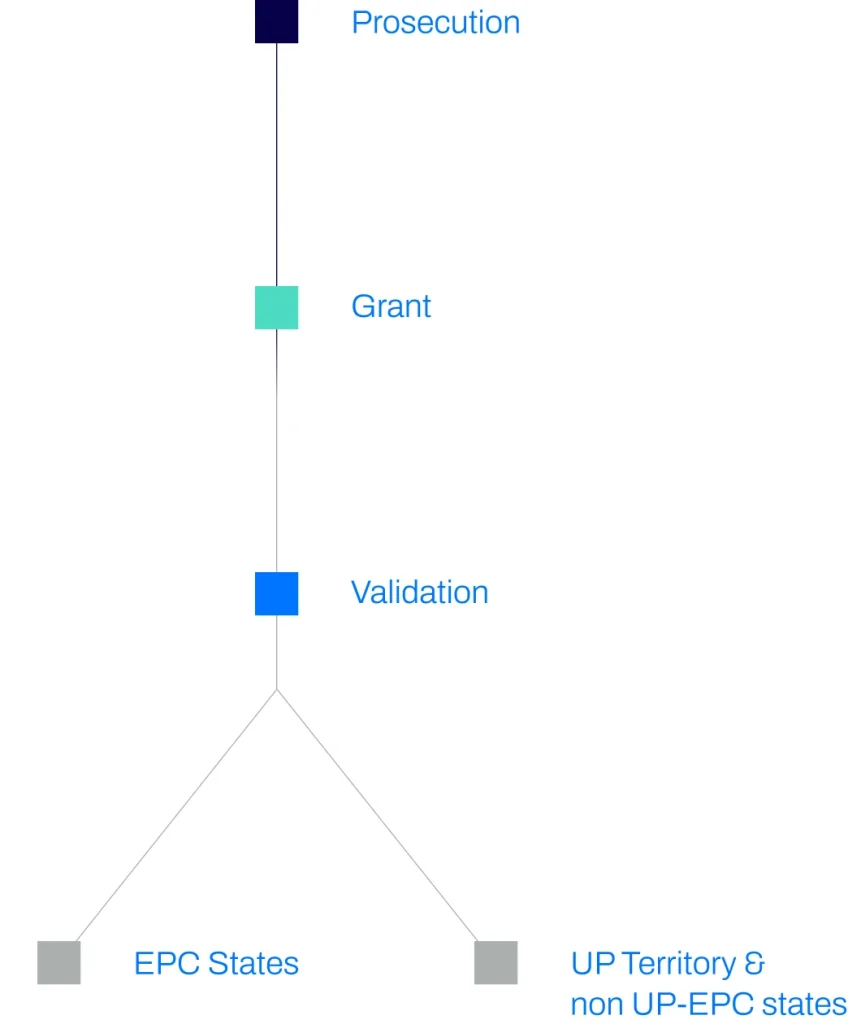EP Validation is the process of converting a single granted European Patent Application into a national patent in one or more of the 47 European Patent Organisation member, extension and validation states. The validation process typically involves high quality, technically-qualified translation of all or part of the patent, the payment of fees and the filing of documents within a certain timeframe – usually three months from the European Grant Date.


A certified translation into Spanish of the complete patent specification is required. This translation must be provided within three months after the date on which the mention of the grant, or the decision to maintain the patent as amended, is published in the European Patent Bulletin.
The fees associated with the validation of a European patent in Spain are available in the fee calculator.
Annual maintenance fees are payable for each year starting from the third one. Annuities become due on the last day of the month in which the date of filing occurred, and are payable from the day following the due date, with a three month period in which it may be paid. Late payment is possible with a 25% surcharge, if paid within 3 months of the expiry of the time limit, and 50% if paid within 6 months from the expiry.
For foreign applicants, it is required to perform the validation of a European patent in Spain through an agent, a registered Spanish patent attorney.
The original idea of “Unitary Patent” (UP) refers to an Agreement by some EU countries to define a “common European patent validation territory”. The Unitary Patent is therefore not a different procedure for obtaining a patent, but defines a special “validation country”, which encompasses a number of EU member states of the European Patent Convention. The alternative option is validating the European patent “country by country”.
When the UP Agreement was being defined, the idea was that this ‘Unitary Patent’ territory would be the entire territory of the EU. However, due to bureaucratic issues, some EU countries decided (or were forced) to stay out of this system. Others, although they agreed in principle, have not yet ratified the agreement (they may do so in the future) and so, for patents granted today, these countries would not form part of the unitary patent territory. As a consequence, the map defining the state of the different countries concerning this topic is the following:

It is much cheaper.
No need for a local agent/attorney in each country.
Legal action can be taken against any infringer in any of the countries of the UP territory with a single legal title, before a specialized and centralized Unified Patent Court (UPC).
For foreign applicants, it is required to perform the validation of a European patent in Spain through an agent, a registered Spanish patent attorney.
It also has a main potential drawback: in case that the infringer wishes to challenge the validity of the patent, a single revocation action before the UPC is required while, for classic European patents validated country by country and opted out from the UPC system, a plurality of actions before the national courts is required. The same applies to the EPC members which are not part of the EU, and for countries not belonging to the UPC Agreement.
Also, classically-validated European patents which are not opted out can be challenged before the UPC, instead of being brought before national Courts.


Submission of the application

Examination of the application

Presentation of the translation or denial of protection